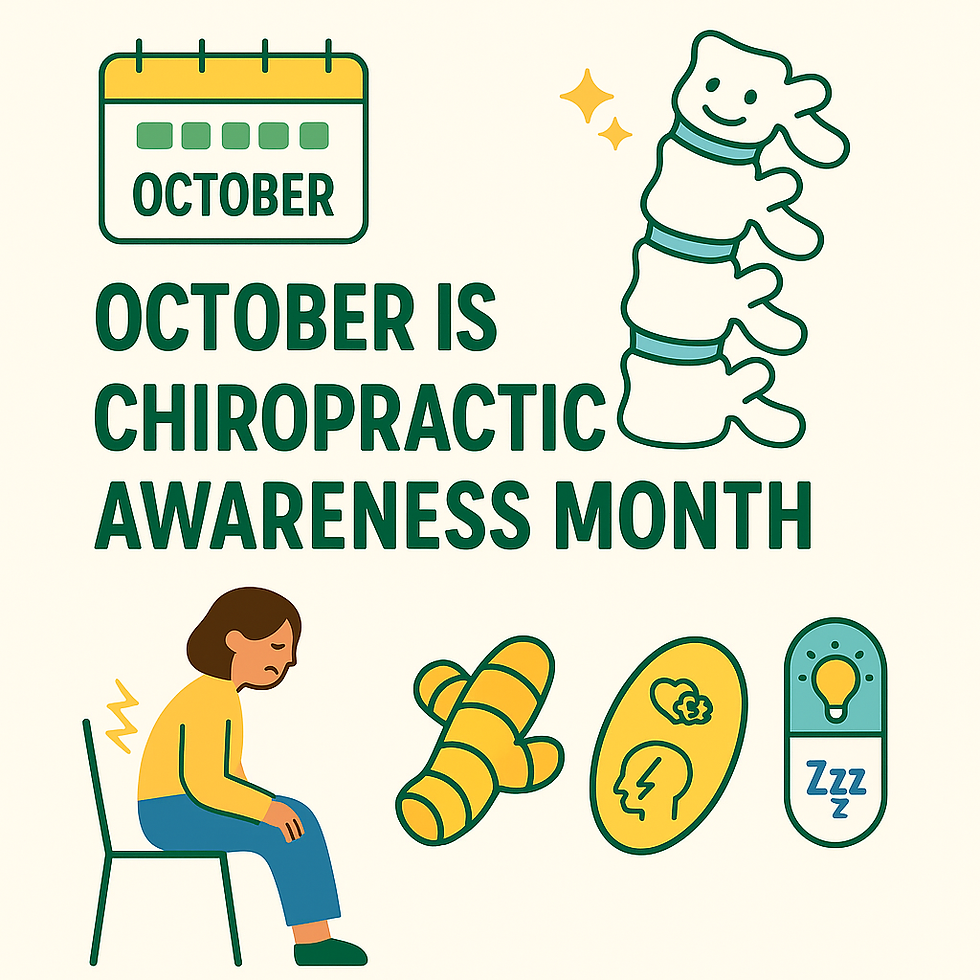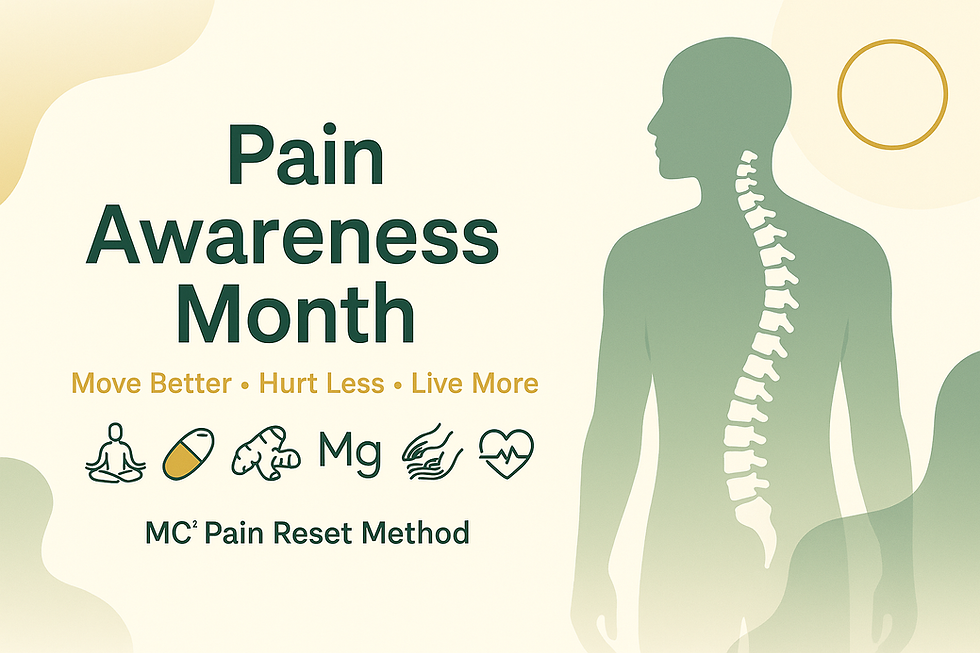Blood Sugar - What do These Labs Mean?
- Jun 24, 2022
- 4 min read
Updated: Aug 30, 2023
**Transcript**
Happy functional medicine Friday. Today we are gonna talk again about another blood test. And what does this blood test mean? We're gonna talk about the sugar panel this time. So I'm Dr. McLaughlin from McLaughlin care. I'm sure you've seen some of our other videos on labs. If you've missed some of the previous ones about cholesterol and advanced lipids, go check those out on our youtube.
We also have some on deficiencies and on some genetics. Let's get started on this. So we call it the blood sugar panel, but it's also known as the metabolic panel. And when we look at more than just your blood glucose. And because we are functional medicine doctors here in our practice, we look at them in our narrower range.
So the glucose, we want to be below a hundred. And the lab wants it to be above 65. We typically like it to be above 85. So you're not getting hypoglycemia where your blood sugar is going too low. And this blood test and all the blood tests in this blood sugar panel you have to fast for to have a accurate measurement. So you wanna fast between eight to 12 hours. But always before you get your labs done, drink water, make sure you're drinking lots of water.
When we look at the next one, this is called hemoglobin A1C, and this is a three month blood sugar marker. And this is a marker to either monitor or test for diabetes. And so we want this number to be 5.4 or below to be in the optimal range. Once you're going over 5.7, you're getting into prediabetes. And the next thing you know it's diabetes. So we wanna keep this three month marker really nice and low. So no one's getting diabetes.
The next blood sugar marker is insulin. So a really interesting thing can happen. We hear about prediabetes and metabolic syndrome and all of these things, but what does it really mean? Sometimes if you just got an average run of the mill blood test, and it's just your glucose right now, what your blood sugar is right now. And if you ate something, it could be higher. If you just did a bunch of exercise, it could be lower. So it's gonna fluctuate all day long, but that three month blood sugar marker is gonna be consistent over time.
Now the insulin is gonna tell us more and I call this the fat fertilizer. So when your insulin is elevated, it means your body's working really hard to control that blood sugar. And in the beginning, it can do a great job. You could have a normal glucose. But your insulin could be high. And if you're not getting it tested, how would you ever know? That's that prediabetes because then all of a sudden, one day you think it's out of the blue, that your glucose goes up, but really your insulin had been up all along.
And so a lot of people, if you're having trouble losing weight, it could be because your insulin is too high. Maybe you're eating too much sugar too much refined foods and carbohydrate. So if we keep that insulin down below five, we know you'll be able to burn calories and fat and you'll stay away from having diabetes.
The last one is a calculation and this is called HOMA - IR, and it is a calculation between the glucose on the insulin. And it gives us a predictor of what's the likelihood of you getting diabetes. So remember. Just looking at the glucose, isn't gonna give us all the information. So when we look at these tests, we wanna make sure that we really know, because if your blood sugar is up, you can get damage to your eyes, your kidneys, your nerves, your blood vessels, numbness in your hands and feet. It's really a significant thing.
So the hemoglobin A1C. It's a three month blood test. It's a life of a blood cell and it's tested in the red blood cells. And so we wanna make sure that we're keeping it down below 5.4. And if you're over 6.4, you have diabetes. The fat fertilizer, insulin, is responsible for transporting the glucose to the cells. So that's what keeps your glucose down, but we know in diabetes you can use it up. We only have a finite amount in our pancreas that we're able to make. So we wanna make sure that we're using it wisely and not using it all because we're eating lots of sweets. So the ideal range for this is five or below.
So again, the HOMA - IR. The optimal ranges of this calculation is gonna be less than two, two to three you're in the morning range. And at three you're at risk of developing diabetes. So that's it for the metabolic panel.
If you have any questions, you can contact us at 847-234-2346 Or check us out on the website @mclaughlincare.com.
See you soon.





Comments